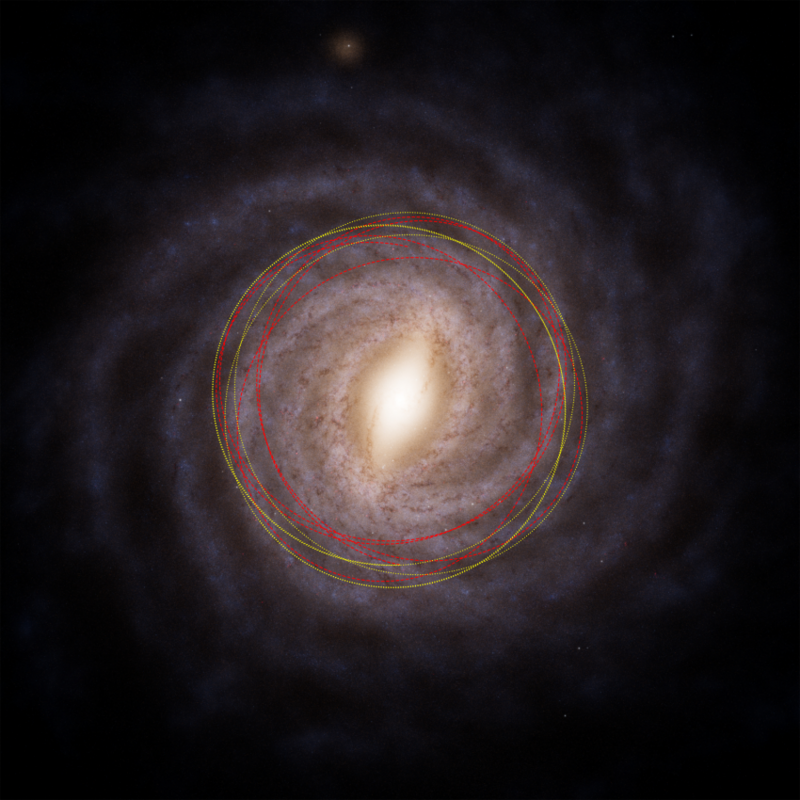
It started with a small point of light in the constellation of Sagittarius, discovered by the ATLAS survey telescope funded by NASA in Chile on 1 July 2025. In a matter of days, astronomers knew that this was no normal comet. 3I/ATLAS was the third known interstellar object to ever be recorded, and, as later examination would confirm, potentially the oldest comet ever viewed by human eyes. Its velocity, size, and formation history are being assembled today in an unprecedented multi-telescope campaign, with the Hubble Space Telescope providing the most accurate measurements to date.
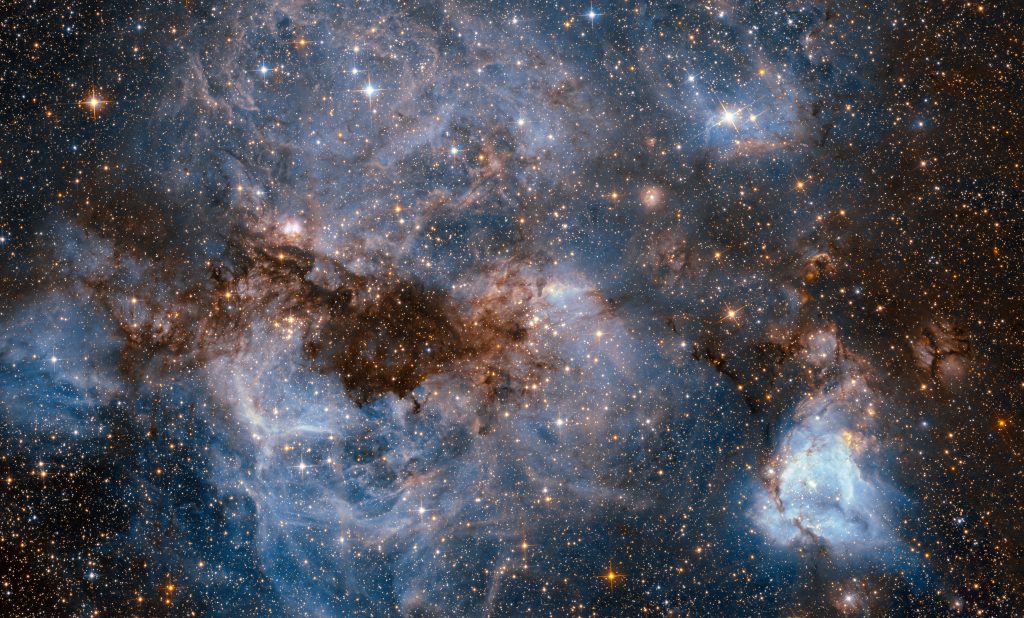
1. Identifying the Nucleus Size
Hubble’s high-resolution imaging has constrained 3I/ATLAS’s nucleus diameter to between 320 meters and 5.6 kilometers, a far tighter constraint than initial ground-based estimates that varied as much as 20 kilometers. Despite this, the nucleus is still hidden under the overlying coma a cloud of dust and gas that is expelled as sunlight heats the surface. Scientists used brightness modeling, including the coma’s reflectivity and particle distribution, to put limits on the size. The same methods were applied to 2I/Borisov, whose nucleus turned out to be smaller than 0.5 kilometers in diameter.
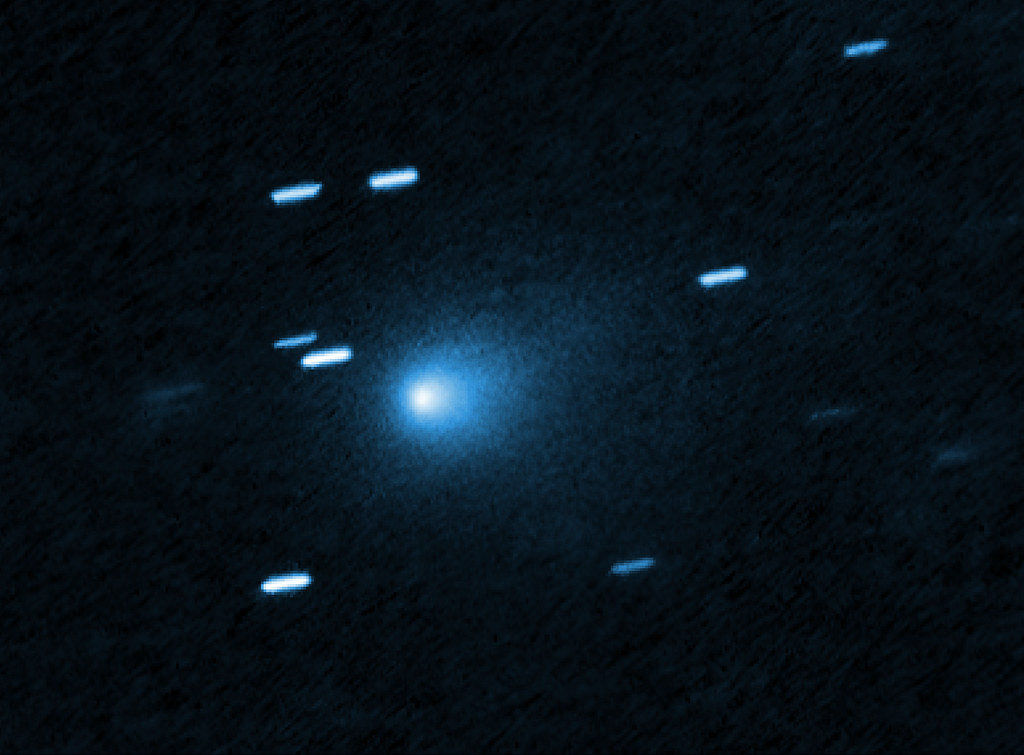
2. Estimating Dust and Gas Loss
Hubble photographed a dust plume from the Sun’s side and a weak tail swept back by radiation pressure. The rate of dust loss, calculated at 6 to 60 kilograms per second based on particle size, matches the activity of solar system comets first seen about 3–4 astronomical units from the Sun. This implies that in spite of its extraterrestrial nature, 3I/ATLAS is experiencing sublimation in a familiar manner perhaps powered by volatile ices like carbon monoxide, which can outgas at much larger distances than water ice.
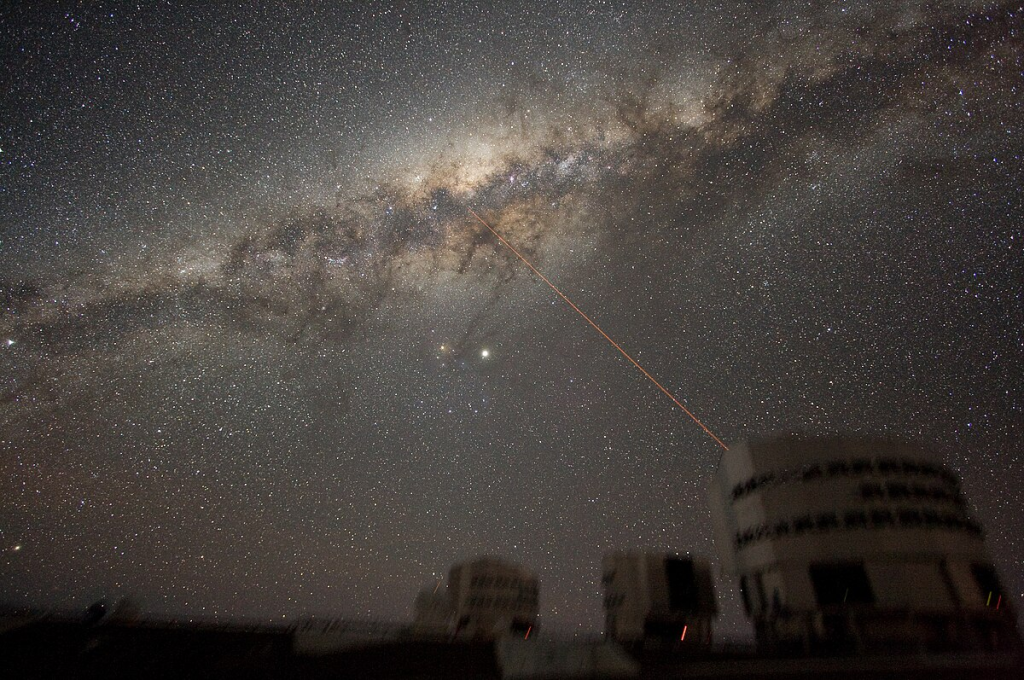
3. A Record-Breaking Velocity
Travelling at 130,000 miles per hour (209,000 km/h), 3I/ATLAS is the highest-speed solar system visitor ever tracked. This speed is not a close solar passage, as in sungrazing comets, but one built up by gravitational acceleration over billions of years. With each star or giant nebula passage, a “slingshot” push was given to the comet, a process which has put it on a steep, hyperbolic path through the Milky Way.

4. Origins in the Galactic Thick Disk
Orbital modeling suggests 3I/ATLAS likely originated in the Milky Way’s thick disk, a population of ancient stars orbiting above and below the galactic plane. Matthew Hopkins of the University of Oxford estimates a 68 percent probability that the comet is 7.6–14 billion years old, potentially predating the solar system. “This is an object from a part of the galaxy we’ve never seen up close before,” said Chris Lintott, co-author of the study.
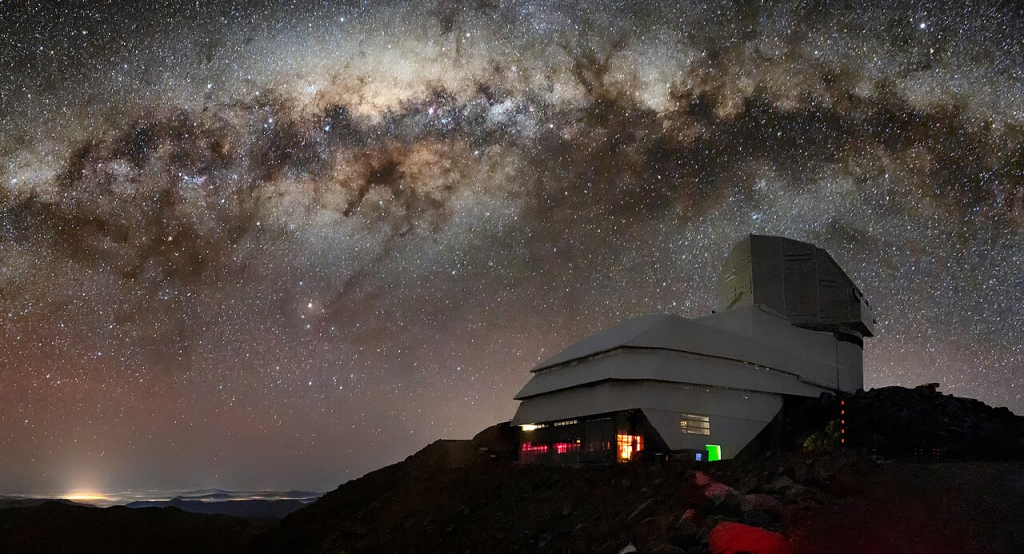
5. Finding an Emerging Population
“This latest interstellar visitor is one of a previously unseen population of objects emerging that will become visible in the coming years,” said UCLA’s David Jewitt. Improvements in wide-field survey technology e.g., ATLAS, the Zwicky Transient Facility, and the Vera C. Rubin Observatory to come are now beyond a sensitivity threshold, allowing detection of faint, high-speed interstellar objects that would have escaped detection a decade ago.

6. Lessons from Previous Visitors
The previous two interstellar objects, 1I/’Oumuamua and 2I/Borisov, showed the richness of extrasolar debris. The shape of ‘Oumuamua as an elongated object and absence of visible coma defied categorization, whereas Borisov’s coma had over three times the carbon monoxide of any established solar system comet at comparable distances. These discoveries emphasize spectroscopic follow-up of 3I/ATLAS that could verify if its activity is caused by CO, water ice, or other volatiles.
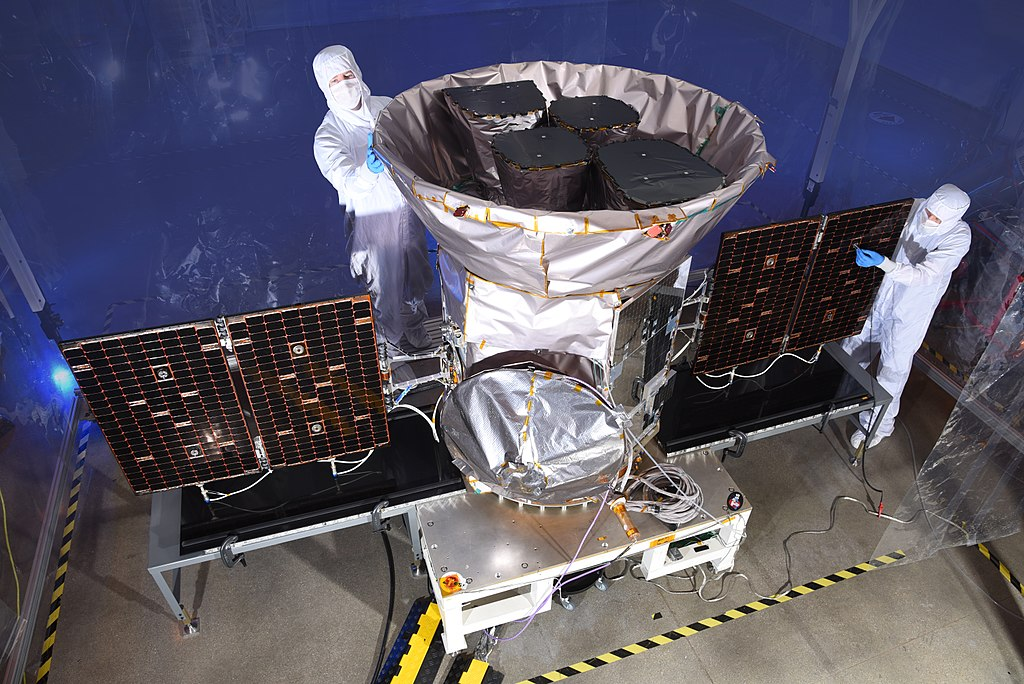
7. Fleet-Wide Coordinated Observations
In addition to Hubble, NASA’s James Webb Space Telescope, TESS, and the Neil Gehrels Swift Observatory, as well as the W.M. Keck Observatory, are making observations. Webb’s infrared capabilities will be essential for detecting volatile species and charting thermal properties of the nucleus. Ground-based observatories will monitor the comet through September 2025, when it is behind the Sun, and then from December onwards.
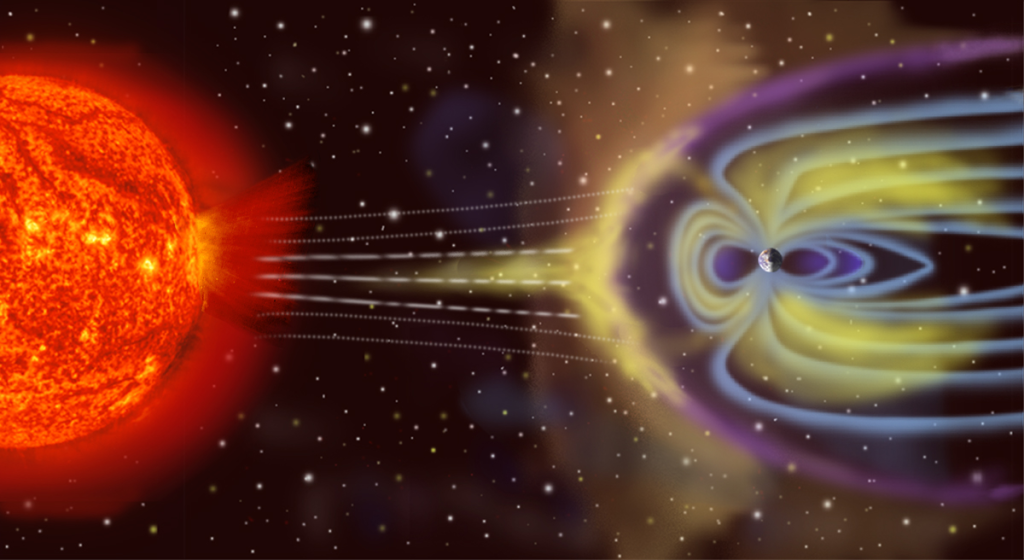
8. Implications for Planetary Science
In the event that 3I/ATLAS is rich in water ice, as predicted by Hopkins’ model, then it may validate hypotheses that ancient interstellar comets are responsible for seeding planetary systems with volatiles and organics. The size of the comet potentially larger than ‘Oumuamua or Borisov means that such a body may survive ejection from its birth system intact, carrying a chemical record of its birth environment for billions of years.
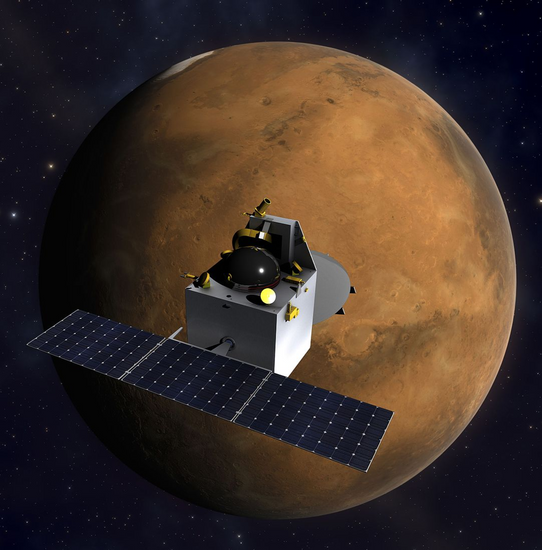
The comet will come perihelion on 30 October, 2025, at 1.4 astronomical units from the Sun, just within Mars’s orbit. For astronomers, it is both a temporary observing problem and a precious envoy from the far-off past of the galaxy, carrying with it the tale of worlds far beyond the current reach of any spacecraft.

